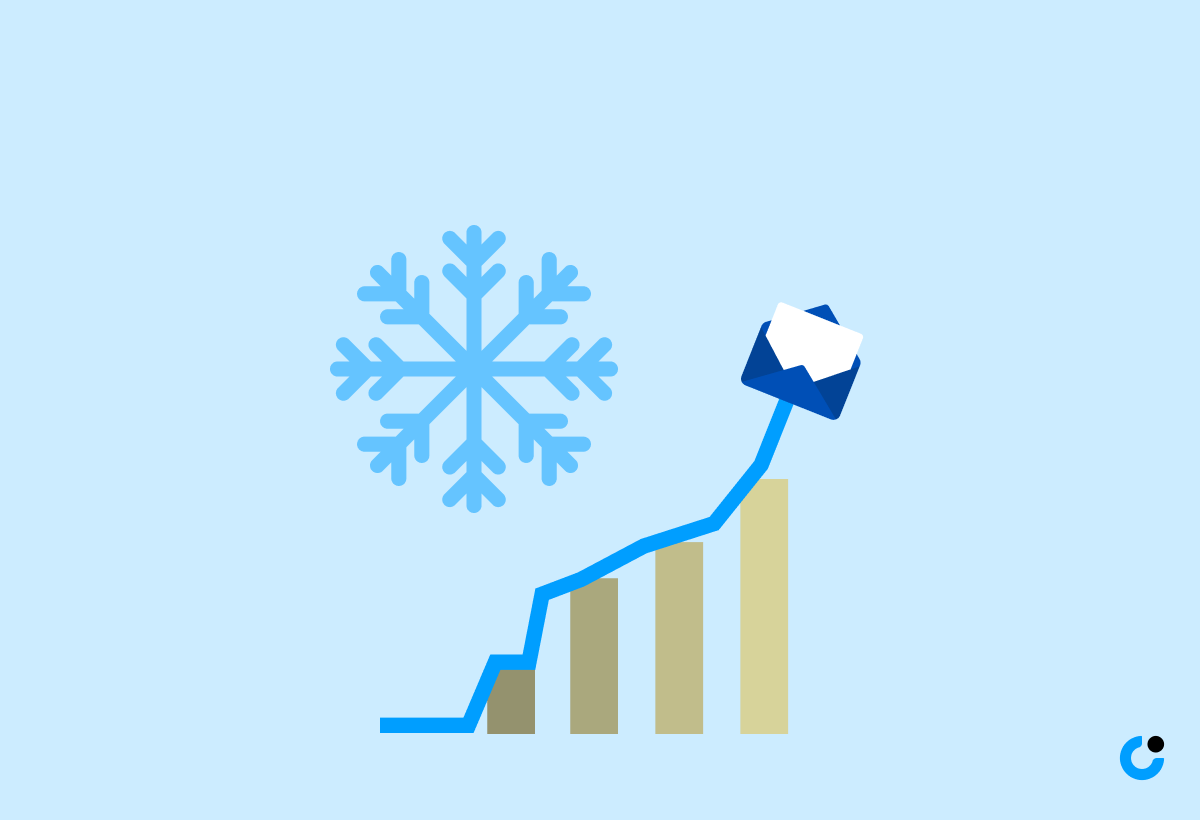In the competitive world of sales, mastering the art of cold outreach cadence is paramount. But how can you ensure your outreach efforts are as effective as possible, maximizing your chances of closing deals and boosting revenue? This comprehensive guide will provide you with fresh insights, expert tips, and real-life examples to help you optimize your cold outreach cadence and propel your sales to new heights.
Key Takeaways
- Cold outreach cadence provides a structured approach to engaging with potential customers, enabling sales teams to be more productive and improve performance.
- An effective cold outreach strategy should include multiple channels, personalization, timing & frequency of touchpoints while testing & refining for desired results.
- Maximize success by understanding prospects’ needs/preferences, leveraging technology such as CRM systems and AI, staying persistent in efforts. Building rapport through respect & empathy.
Understanding Cold Outreach Cadence
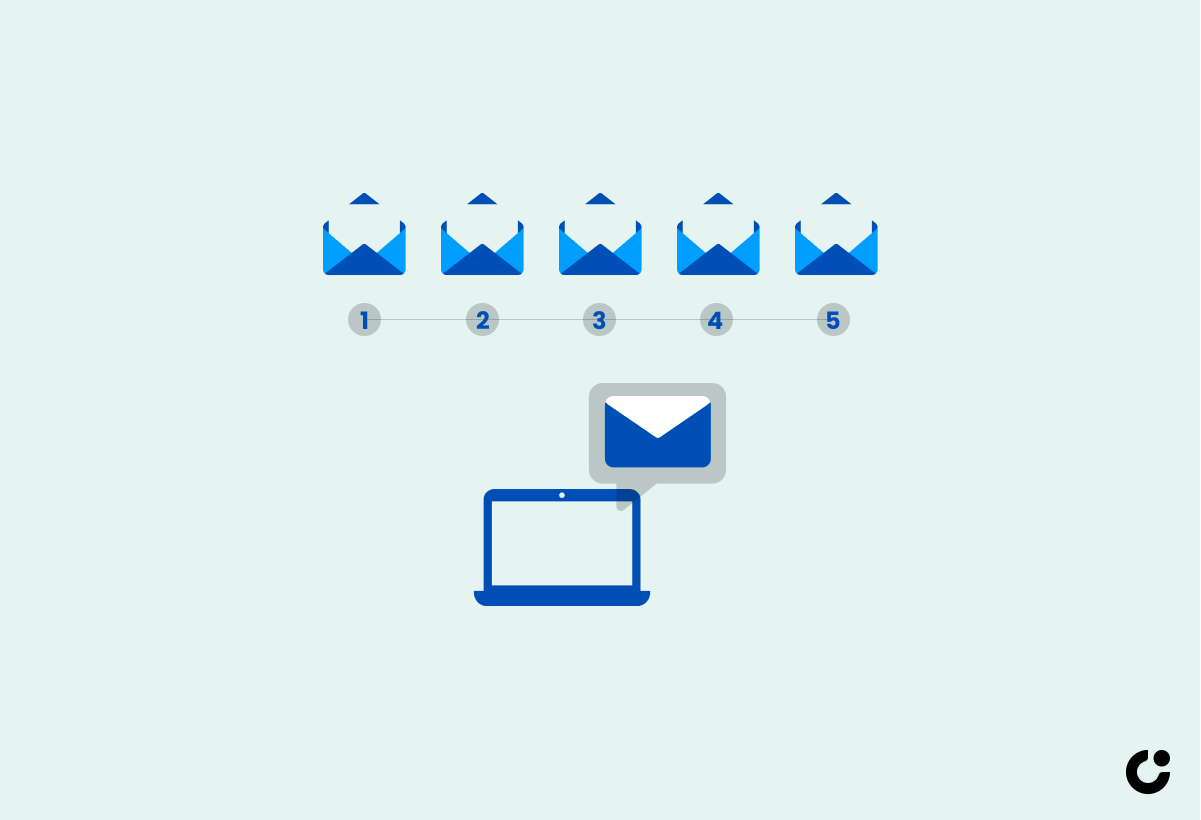
Cold outreach cadence is a predetermined sequence of steps taken to contact potential customers over a designated period of time, which includes multiple points of contact. Sales teams of all sizes benefit from it. It offers structure and order to reps’ engagement with leads, helping them to be more productive and improve their performance..
For an impactful sales cadence, personalizing messages, using multiple communication channels, and judicious timing of touchpoints are key.
The Role of Cold Outreach in Sales
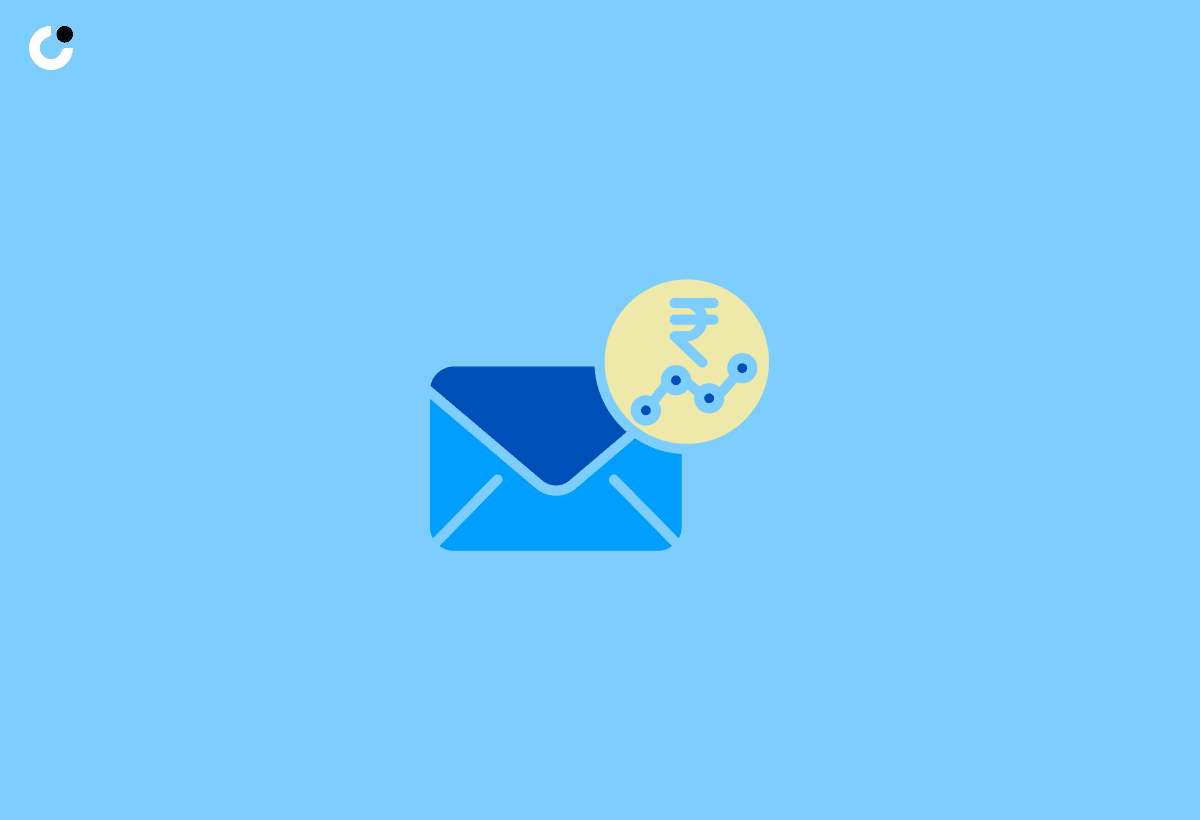
Cold outreach plays an integral role in sales, assisting sales reps in engaging with prospective customers and creating leads. Timing is critical in a well-defined sales cadence, as it ensures the process is paced accurately, preventing lost deals due to missed opportunities.
An effective sales cadence relies on a comprehensive framework, encompassing diverse outreach activities that engage prospects and navigate them through the sales funnel.
Outbound vs. Inbound Sales Cadence
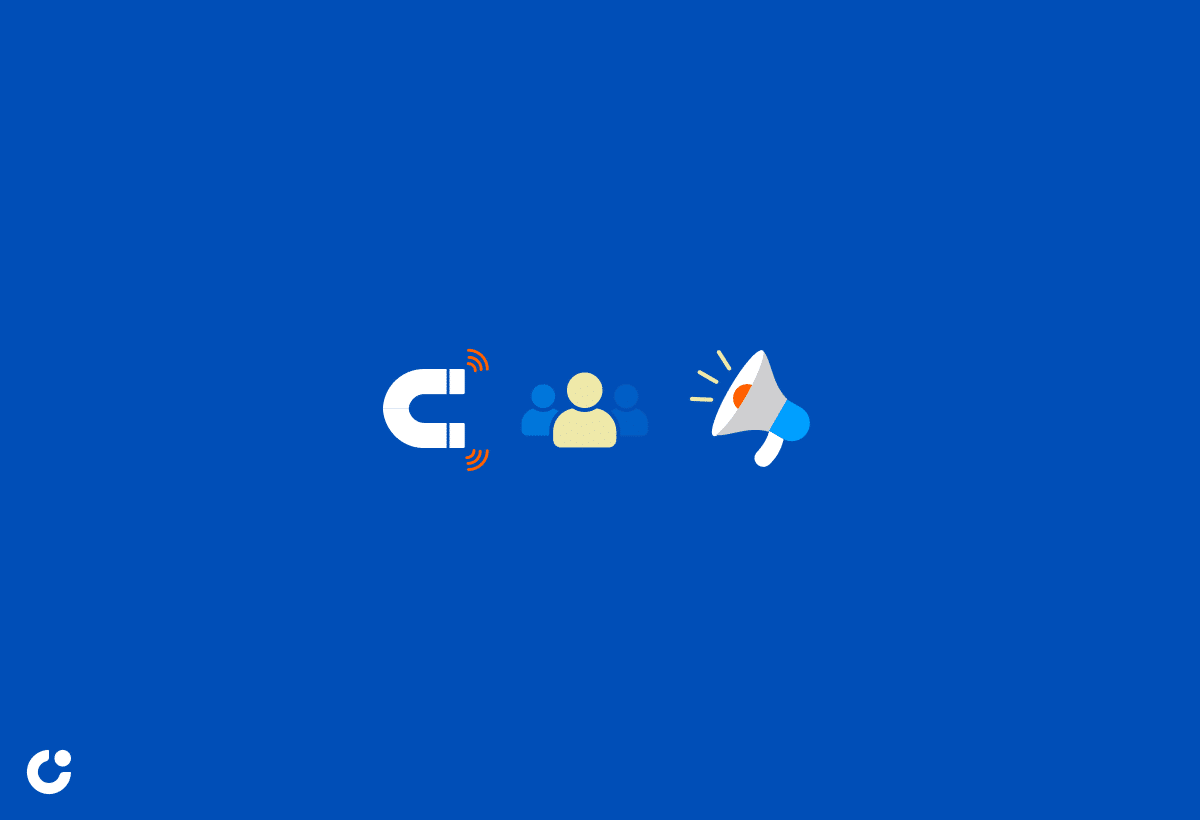
Outbound sales cadence involves a sequence of communications or “touches” that a sales rep can use to establish relationships with buyers, whereas inbound sales cadences involve responding to inquiries from potential buyers. When constructing a successful sales cadence, the duration of the sales cycle and the cost of the product should be taken into consideration.
Studies suggest that an optimal sales cadence spans 2-4 weeks, where the third touchpoint is often most effective via a phone call.
Essential Components of an Effective Cold Outreach Cadence
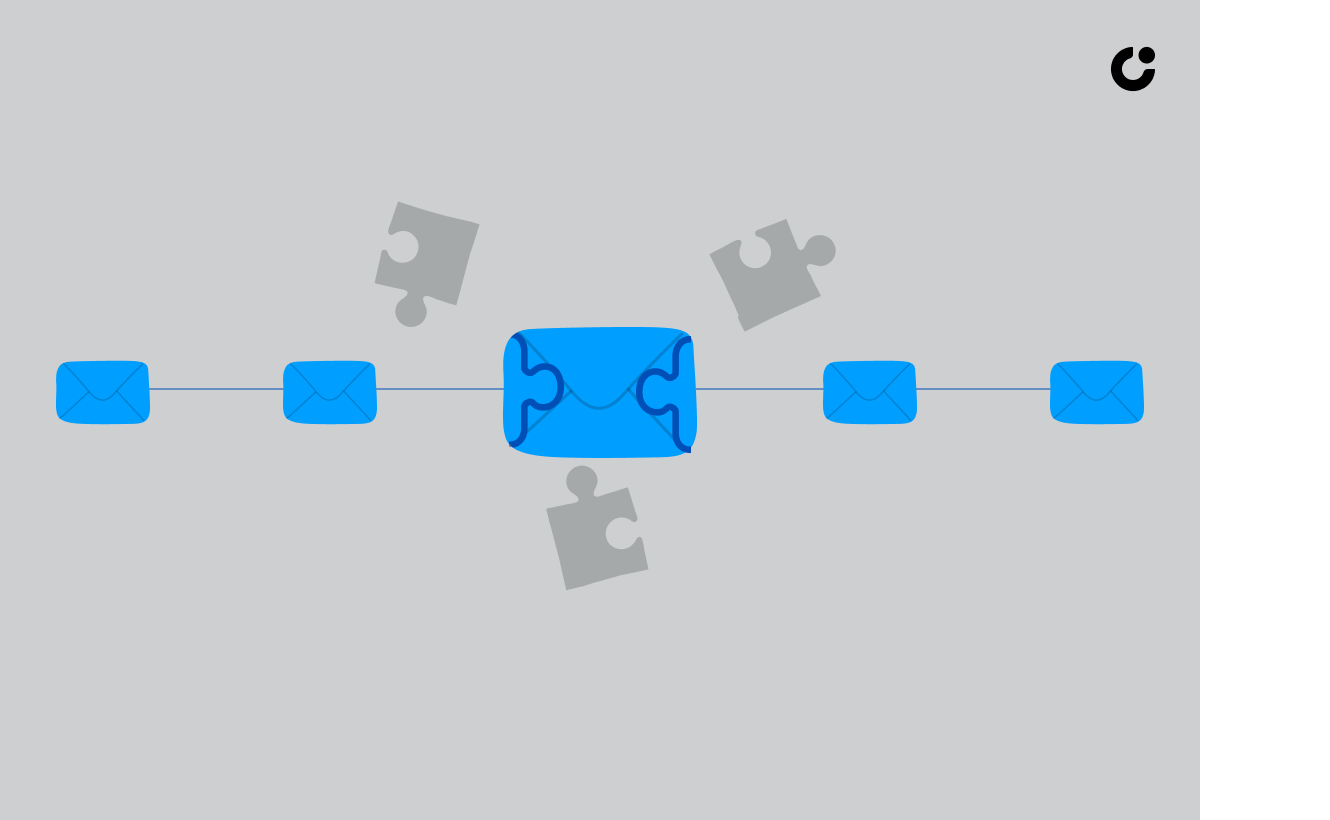
A winning sales cadence consists of:
- Multiple channels
- Personalization
- Timing
- Frequency
Testing and refining your sales cadence ensures it aligns with your industry and helps remove strategies that aren’t yielding the desired results. Honing your value proposition in a cold outreach cadence can bolster your message and ensure uniformity at each stage, as shown in the best sales cadence examples.
Furthermore, selecting the appropriate communication channels, including cold calling, boosts the likelihood of overall efficacy.
Multiple Channels
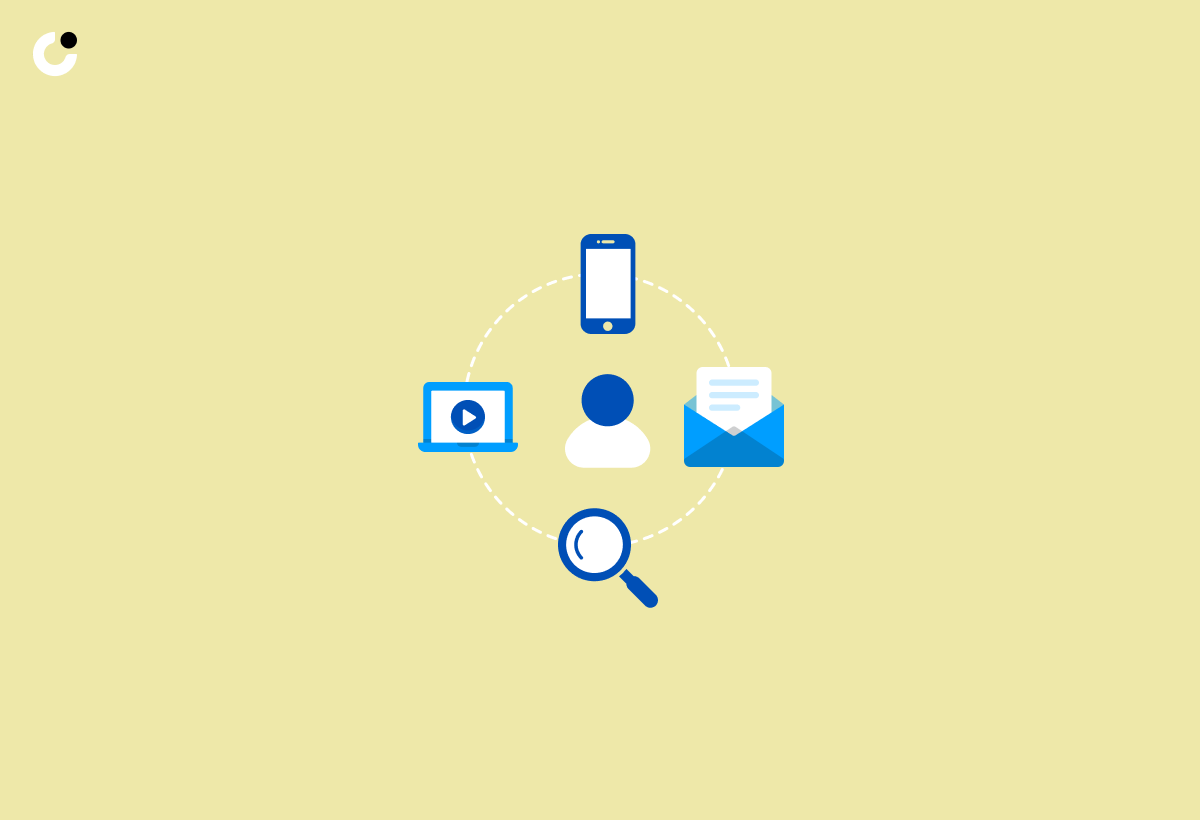
Employing multiple communication channels in a cold outreach cadence can enhance the likelihood of making contact with prospects. Effective channels for cold outreach in sales include email, LinkedIn, phone calls, social media, and a multichannel approach. To effectively incorporate different channels into a cold outreach cadence, it is recommended to segment your audience, select the appropriate channels, personalize your messages, plan the sequence, and test and optimize.
Personalization
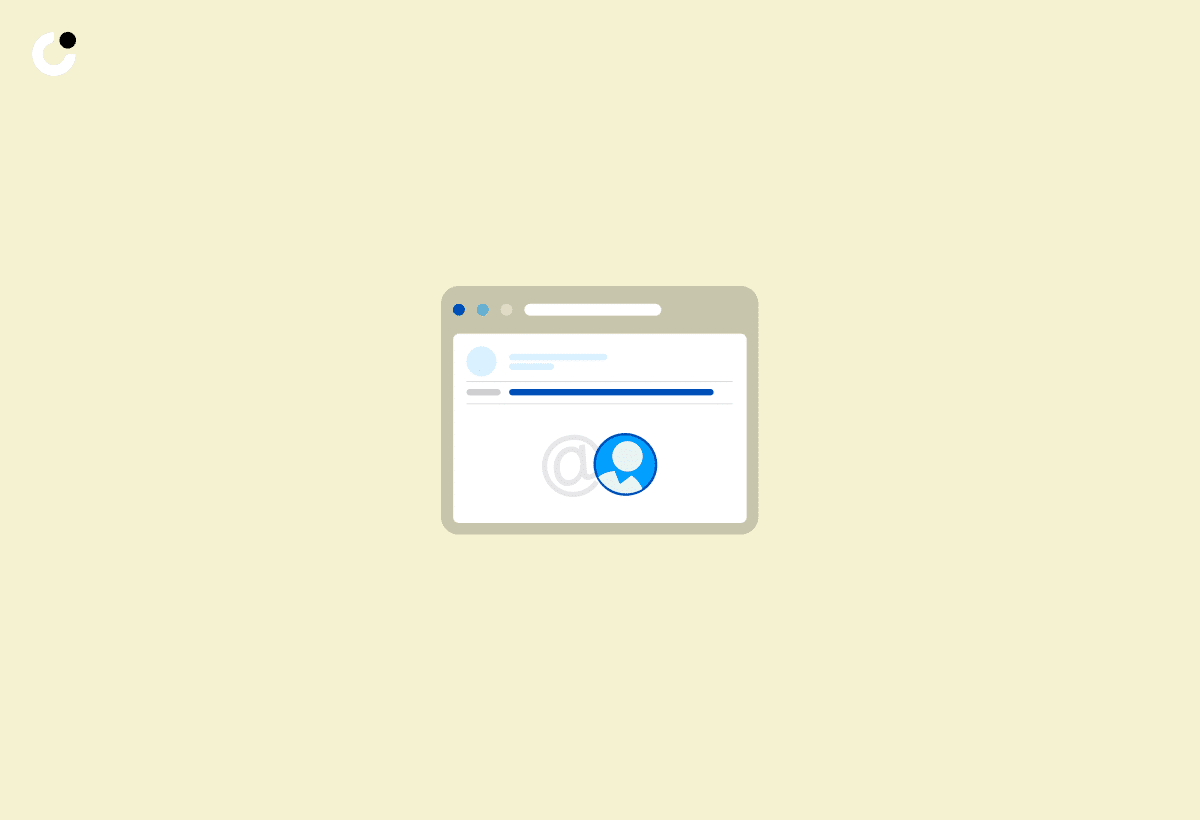
Incorporating personalization into your cold outreach approach offers numerous advantages, such as achieving better outcomes, creating more leads, and growing your business. Personalization in cold outreach can give you a competitive edge since it is not yet widely used, allowing you to be distinct from the competition.
It can also enhance email response rates and increase email deliverability. Segmentation of leads based on personas facilitates sales cadence personalization, leading to increased reply rates and engagement.
Timing and Frequency
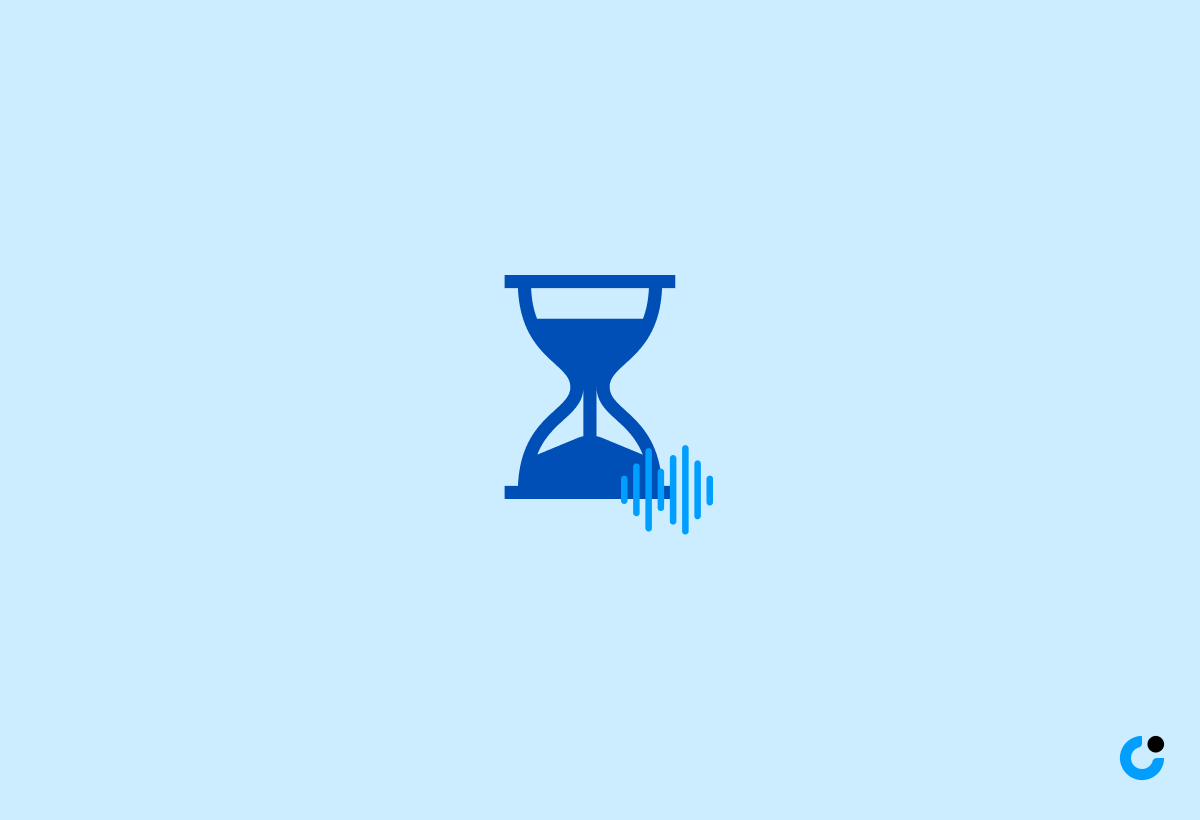
The appropriate timing and frequency of touchpoints in a cold outreach cadence can have a considerable effect on its efficiency. Research indicates that the most effective time to send out cold outreach emails is between 6-9 am PST on Monday, with Tuesday also being a viable option.
The frequency of follow-ups is more imperative than their quantity, as an increase in the volume and frequency of email sending over a set time frame tends to result in higher reply rates.
Building Your Own Cold Outreach Cadence
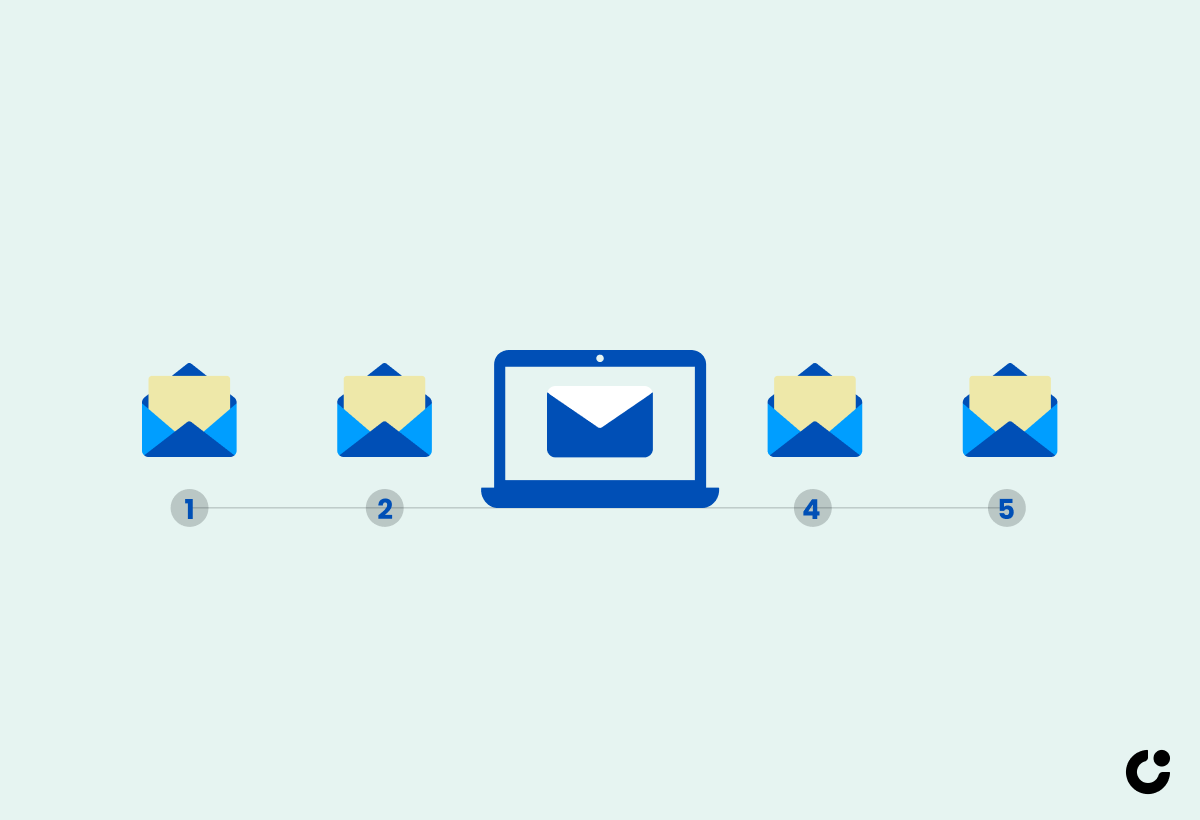
Developing a tailored cold outreach cadence for your specific industry and audience can ensure maximum success. This involves setting clear goals, identifying your target audience, and crafting compelling messages that will resonate with your prospects.
Utilizing technology and maintaining persistence can significantly enhance the efficiency of your cold outreach efforts.
Setting Goals

Establishing clear objectives for your cold outreach cadence is critical to ensuring it aligns with your overall sales strategy. Goals should be identified and the results measurable, which will enable you to optimize your cold outreach cadence and maximize your sales.
Collaborating with your sales team and marketing team and using sales cadence tools can help you execute an effective sales cadence strategy, which can be considered as the best sales cadence example. By following sales cadence best practices, you can ensure a successful outcome.
Identifying Your Target Audience
Determining the ideal prospects for your cold outreach cadence involves conducting market research and leveraging analytics. Here are some steps to follow:
- Review existing customers for patterns in demographics, interests, and behaviors to identify common characteristics.
- Utilize tools like Google Analytics and CRM systems to pinpoint your target market and test audiences.
- Tailor your outreach efforts to the right prospects based on the insights gained from your research and analytics.
Crafting Compelling Messages
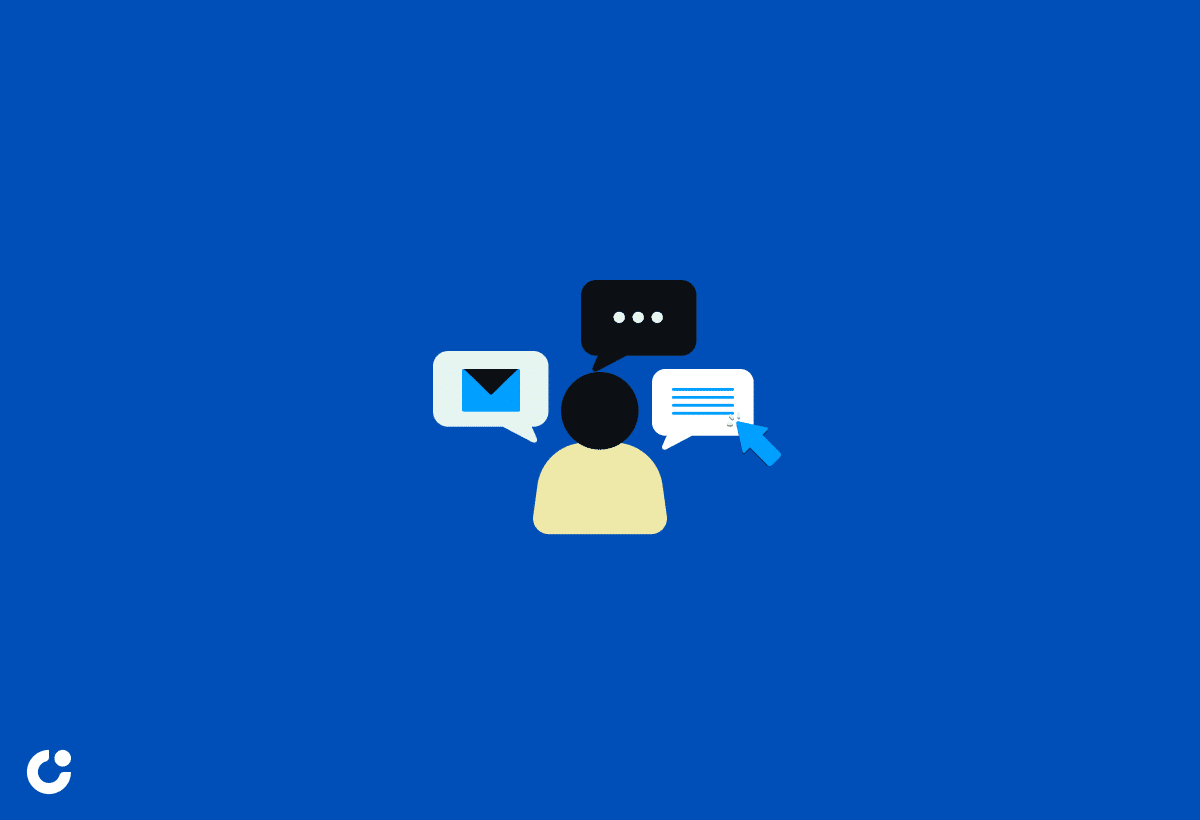
To create impactful cold outreach messages, follow these tips:
- Emphasize the recipient
- Personalize the message
- Be transparent and truthful
- Offer value
- Keep it succinct
- Exhibit enthusiasm
Investigating the prospect’s background and tailoring messages to their interests can make them more engaging and effective. Including the recipient’s name, referencing their company, and noting any mutual connections can help personalize the message.
Real-Life Cold Outreach Cadence Examples
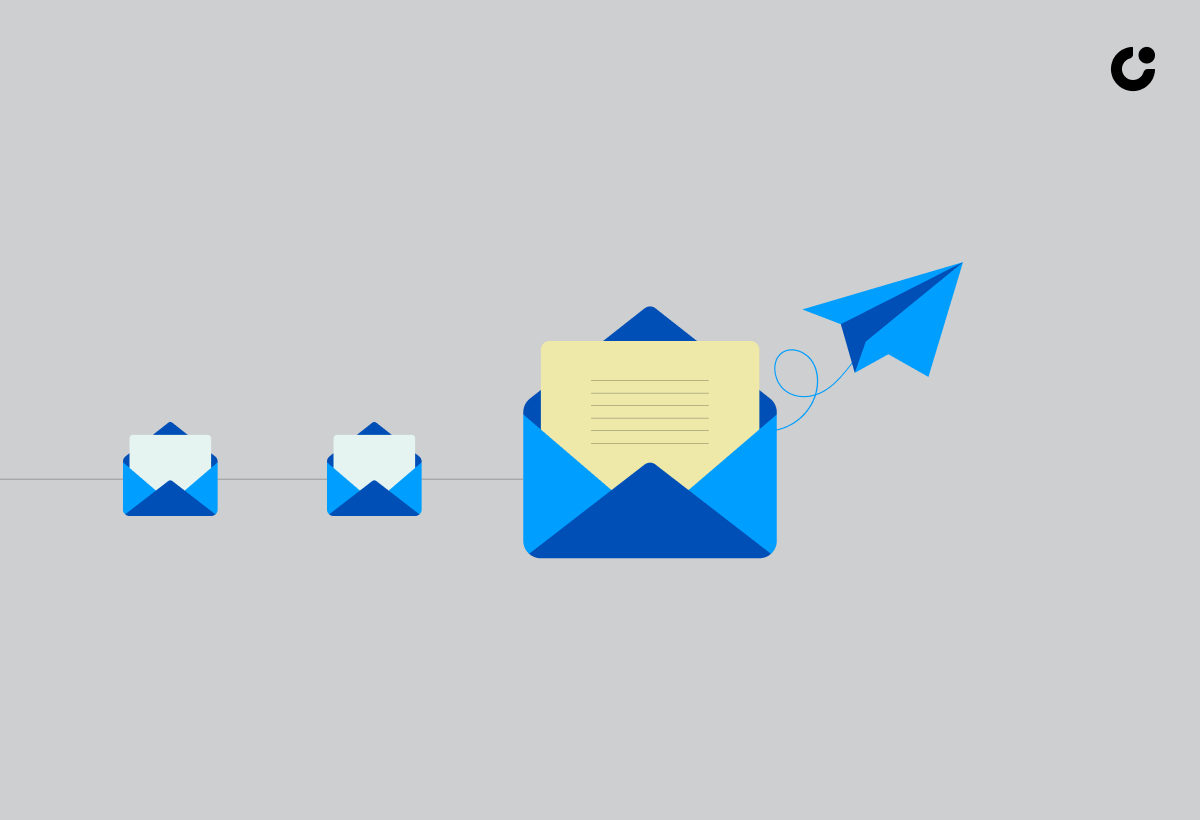
To provide you with a better understanding of how cold outreach cadences work in practice, this section will present three real-life cold outreach cadence examples, including a rapid response cadence, an educative cadence, and a social media-driven cadence. These examples showcase varied approaches to cold outreach and can serve as inspiration when building your own sales cadence.
Example 1: Rapid Response Cadence
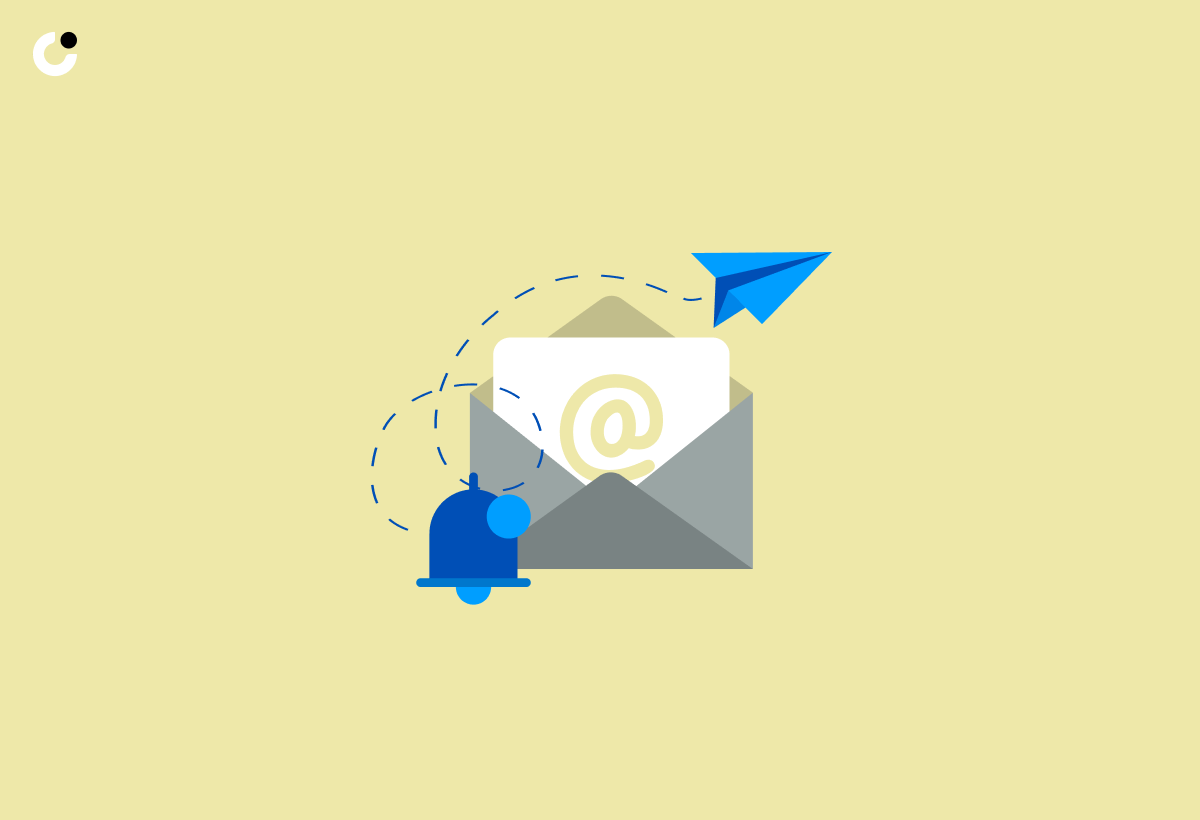
The rapid response cadence is a fast-paced cadence with multiple touchpoints in a short period, suitable for certain industries and prospects, such as technology, software, and SaaS. This cadence involves sending timely and targeted follow-up messages to increase the likelihood of receiving a response and advancing the conversation.
Prompt and consistent follow-ups can boost the effectiveness of your cold outreach efforts and increase the probability of converting prospects into customers.
Example 2: Educative Cadence

The educative cadence focuses on:
- Providing valuable information and resources to prospects
- Building trust and credibility
- Offering educational content that exudes authority and demonstrates commitment to assisting others
- Establishing a reputation as a reliable and trustworthy information source.
This approach helps engage prospects and sparks their interest in your product or service, leading to a higher likelihood of successful sales.
Example 3: Social Media-Driven Cadence
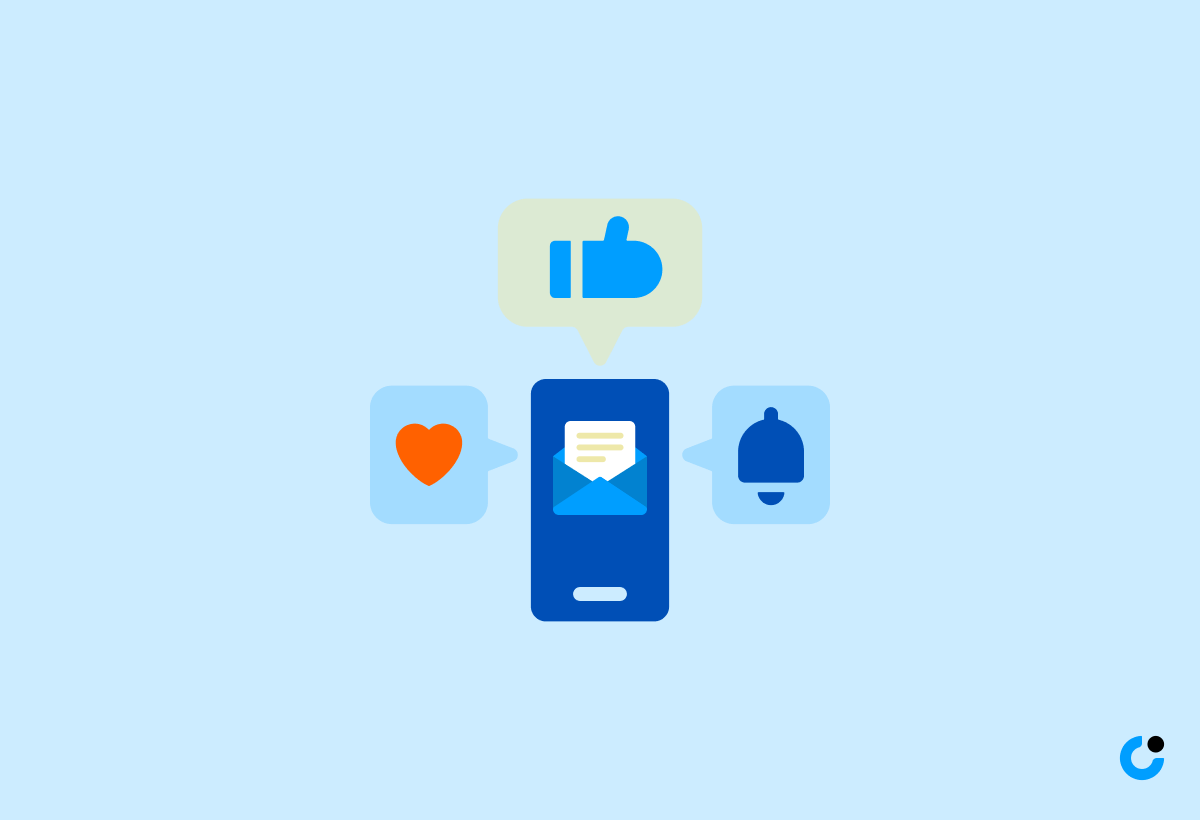
The social media-driven cadence leverages social media platforms like LinkedIn, Twitter, and Facebook to engage with prospects and build relationships. By sending direct messages, commenting on posts, sharing pertinent content, and engaging in dialogues with potential customers, you increase the chances of making a connection and advancing the sales process.
This type of cadence is particularly effective for industries that heavily rely on social media for networking and customer engagement.
Measuring and Optimizing Your Cold Outreach Cadence
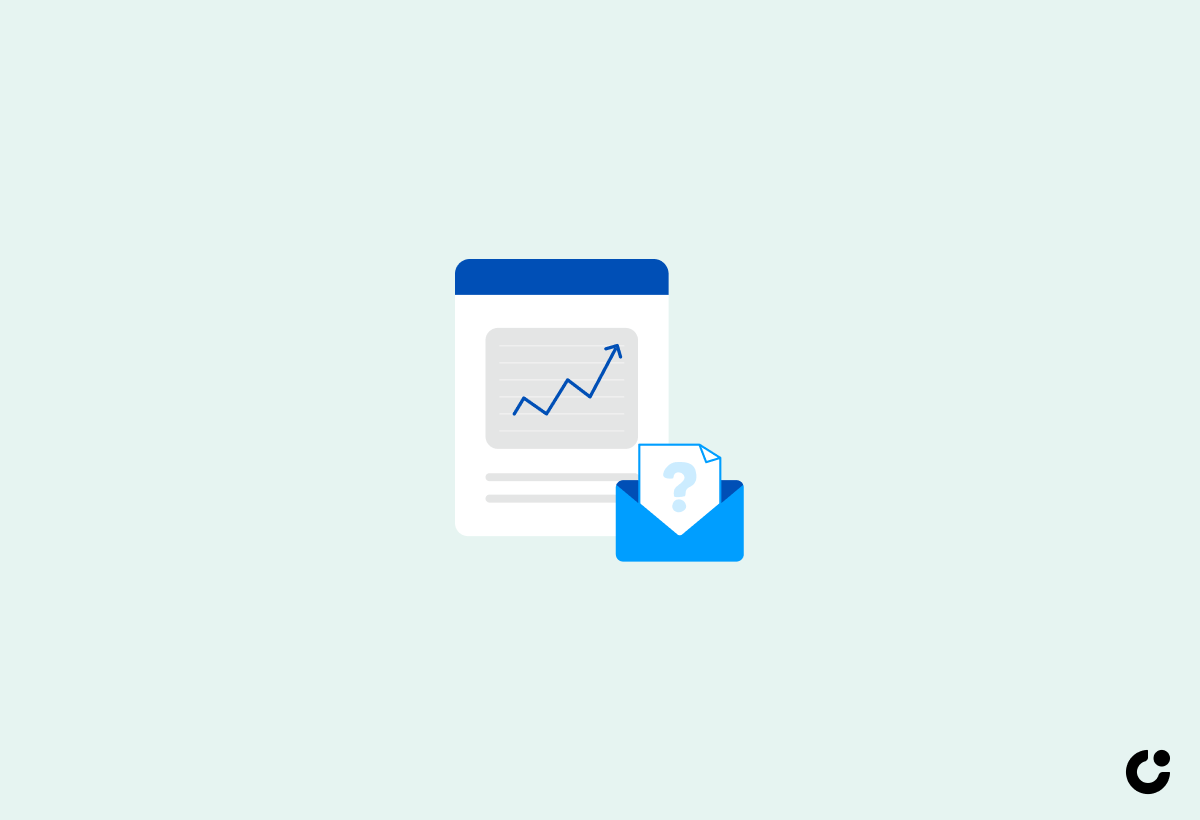
Measuring and optimizing your cold outreach cadence is crucial for enhancing its efficacy and boosting the likelihood of success. Here are some steps to follow:
- Define goals and metrics for your outreach campaign.
- Track activity and engagement metrics to measure the effectiveness of your outreach efforts.
- Segment your data to target specific audiences and personalize your outreach.
- Analyze the results of your outreach campaign to identify areas for improvement and iteration.
By following these steps, you can ensure the efficiency and success of your outreach efforts.
Understanding buyer behaviors and sales strategies is also essential given the ever-evolving nature of the sales environment.
Key Performance Indicators (KPIs)
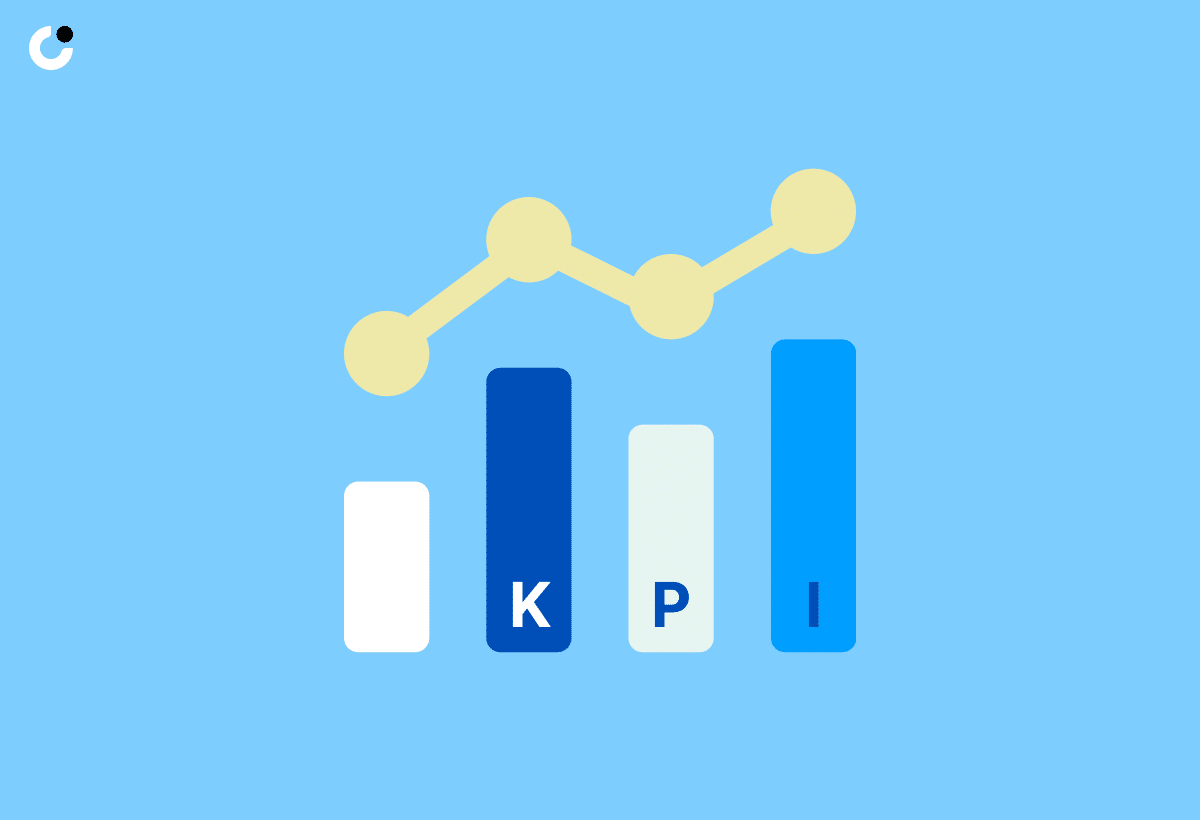
Identifying and monitoring relevant KPIs can help measure the success of your cold outreach cadence. Some key KPIs to track include:
- Number of outgoing calls
- Average call time
- Rate of answered calls
- Engagement rate
Tracking response rates can be done using the formula: (Responses / Delivered Emails) x 100, providing you with the percentage of recipients who responded to your outreach.
Monitoring these metrics allows you to assess the effectiveness of your cold outreach efforts and make necessary adjustments.
Testing and Iterating
Continuously testing and refining your cold outreach cadence based on performance data and feedback is vital for success. Analyzing data collected across all touchpoints allows you to identify the most effective steps in achieving your sales cadence objectives.
Feedback plays an essential role in the testing and iterating process, providing valuable insights into the efficacy of the outreach strategy and allowing for identification of areas for improvement.
Expert Tips for Maximizing Cold Outreach Success
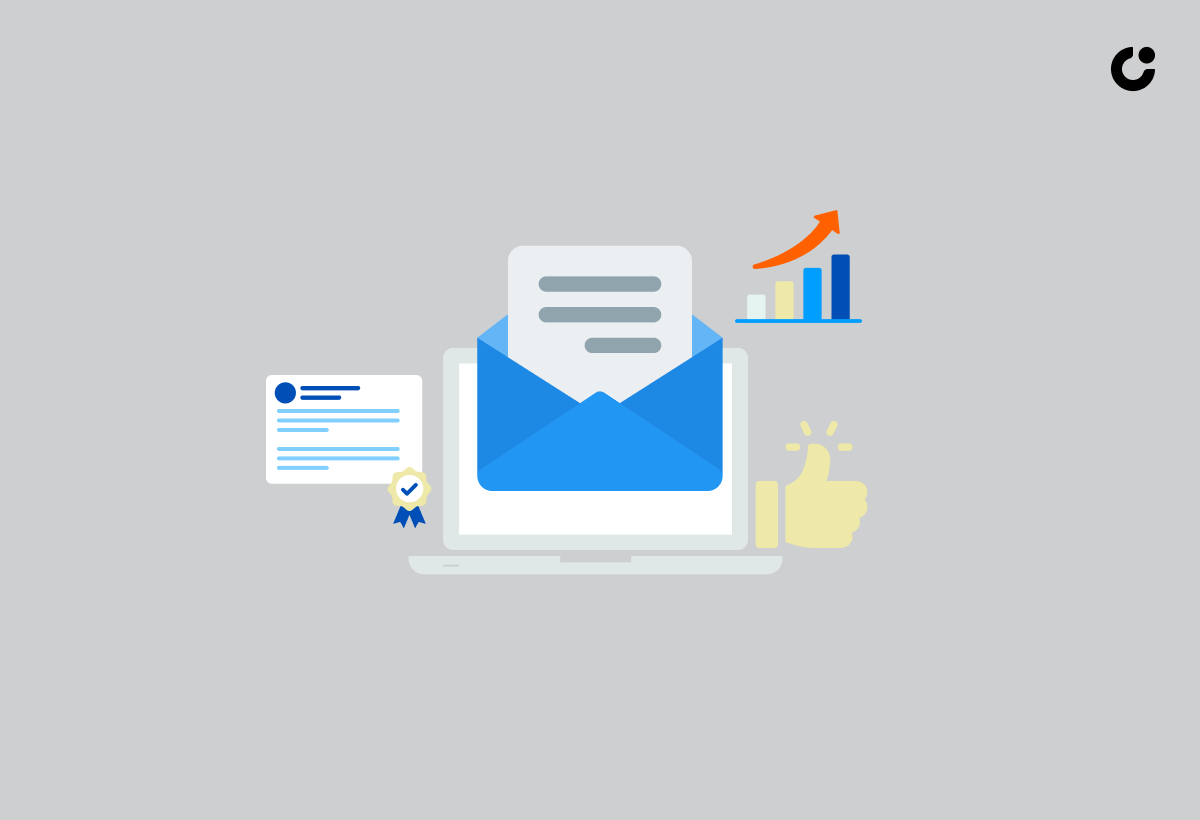
For improving your cold outreach efforts, consider these expert tips:
- Understand the needs and preferences of prospects to build rapport.
- Use sales tools and technology for streamlining and optimizing your cold outreach cadence.
- Consistently persist in your efforts for higher chances of success.
By implementing these tips, you’ll be well on your way to maximizing your cold outreach success and boosting your sales.
Building Rapport
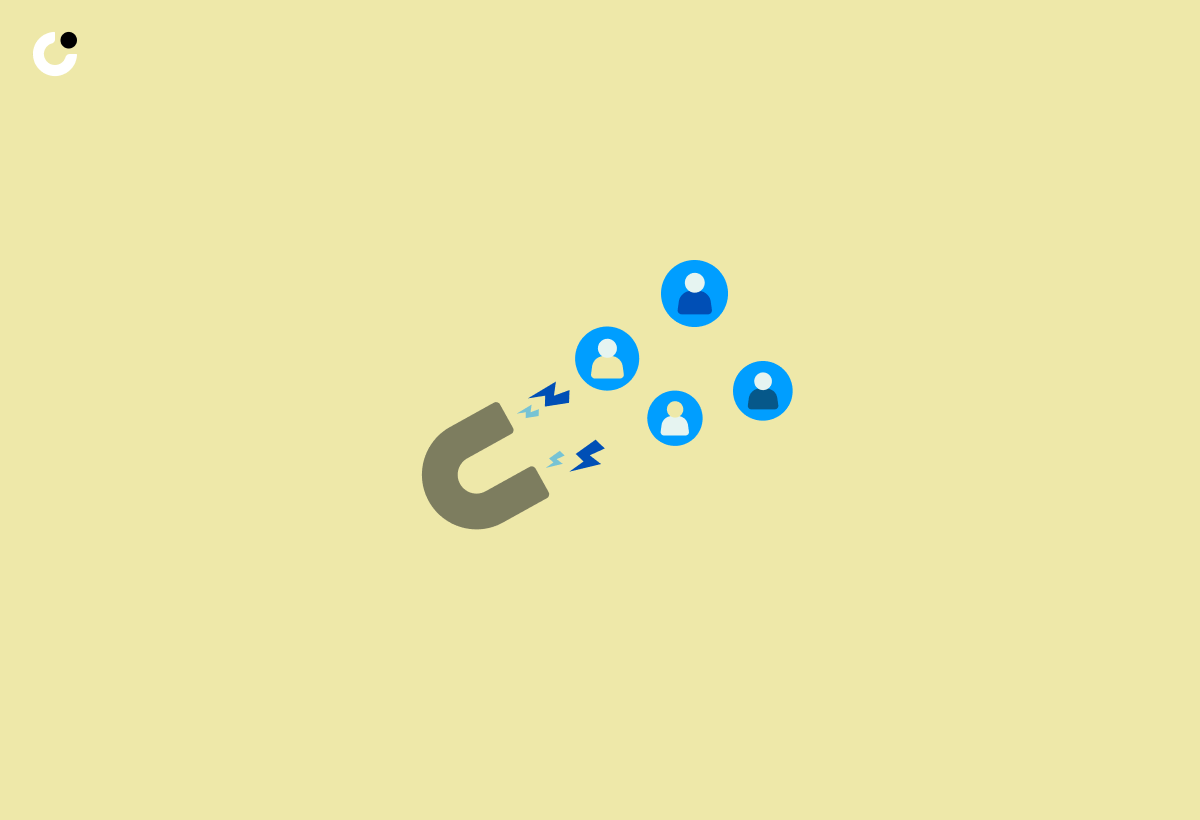
Establishing strong connections with prospects is essential to cold outreach success. This can be achieved by:
- Remaining respectful and using good customer service etiquette
- Demonstrating empathy and understanding
- Identifying common ground or shared interests
- Asking open-ended questions to engage prospects
Investigating the prospect’s background and tailoring messages to their interests can make them more engaging and effective.
Leveraging Technology
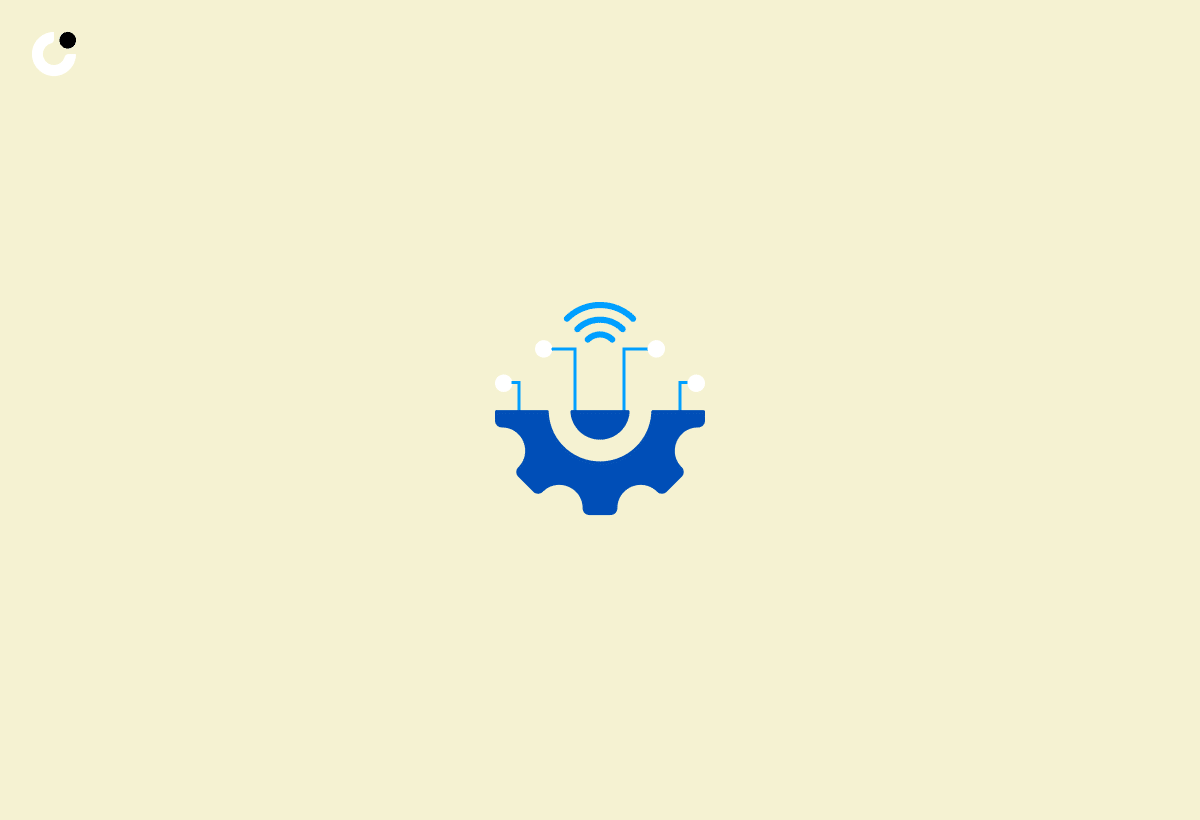
Utilizing sales tools and technology can significantly streamline and optimize your cold outreach cadence. Some tools that can help you achieve this are:
These tools can help you locate and confirm the emails of your target audience, automate outreach efforts, and increase conversions.
CRM systems and AI-powered personalization can also enhance the efficiency of your cold outreach efforts, ensuring that your outreach strategy remains agile and effective.
Staying Persistent
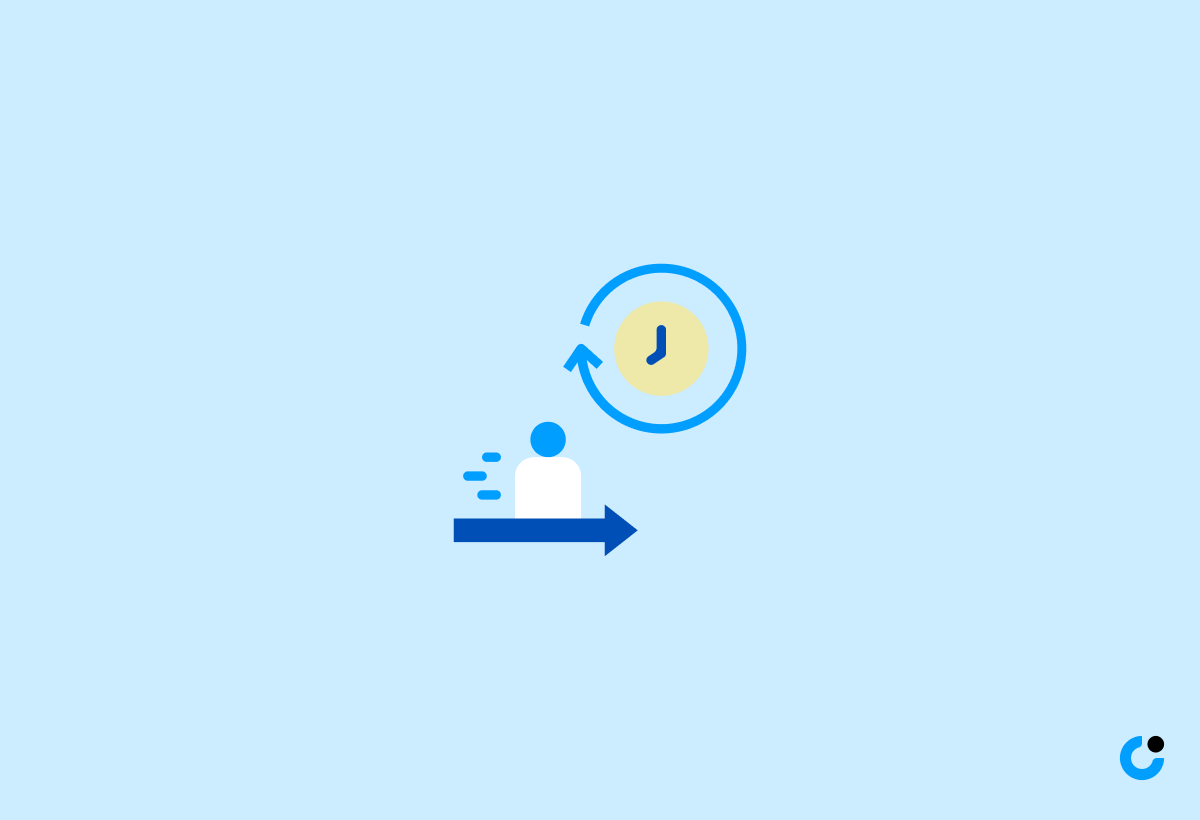
Remaining consistent and persistent in your cold outreach efforts is crucial to success. By consistently following up and providing value, you demonstrate your dedication and resolve, which can create trust and trustworthiness with the recipient. Remember that perseverance is key - it may take more than 10 contact attempts before a successful outcome is achieved, so don’t give up too soon.
Summary
In conclusion, mastering the art of cold outreach cadence is essential for maximizing sales in today’s competitive landscape. By understanding the importance of cold outreach, incorporating essential components such as multiple channels, personalization, and timing, and building your own customized cadence, you can enhance your sales efforts and improve your overall success. Leveraging technology and expert tips can further optimize your cold outreach strategy, ensuring that you stay ahead of the curve and achieve your sales goals.
Frequently Asked Questions
What is an outreach cadence?
An outbound sales cadence (or prospecting cadence) is a sequence of communications that salespeople follow to develop relationships with buyers. These consist of various outreach methods, like email, phone, and social media, which are typically scheduled over a few days, weeks, or months. This helps reps better engage prospects, create relationships, and close deals.
What is the best approach for a cold outbound cadence?
The best approach for a cold outbound cadence is to space emails out by at least three days and make sure that it is business days. Additionally, consider the 'stone cold cadence': on day 1 and 3 make a call and then send an email referencing the voicemail; and for days 4-10 send them a new “insight” about their industry, their business, or your product.
What is the best follow up cadence?
For the best follow up cadence, start with an email on the first day as a customer, followed by a phone call on days 3 or 5, a text after 3-4 weeks, another phone call one month later, an email two months later, and finally another text four months later. Periodic check-ins can also be done via phone call.
What are the key elements of an effective cold outreach cadence?
An effective cold outreach cadence should contain multiple channels, personalized messaging, timely delivery, and consistent frequency.
How can I personalize my cold outreach messages?
Start your message with the recipient's name, reference their company and try to make a connection by noting any mutual connections. Craft it in a professional tone with a clear conclusion for an effective cold outreach message.

